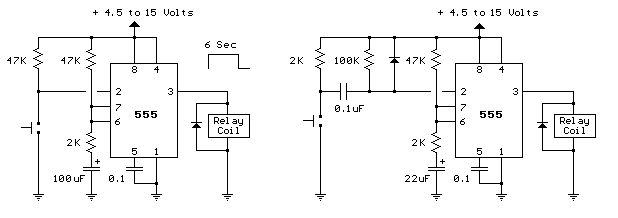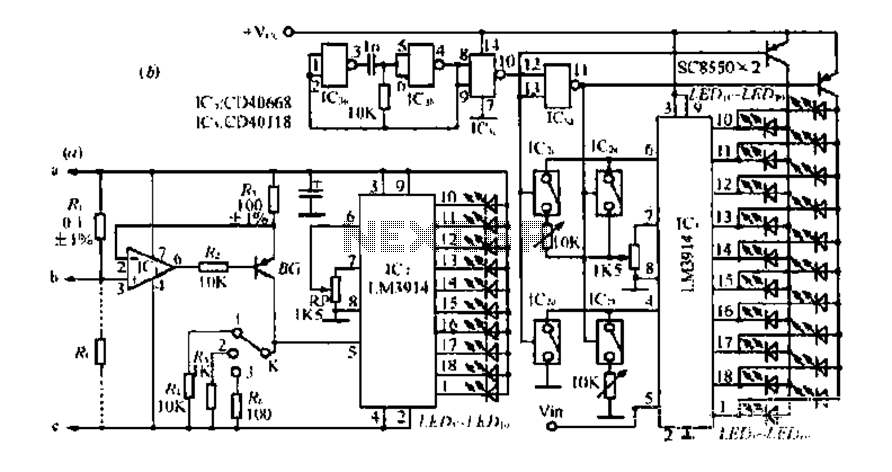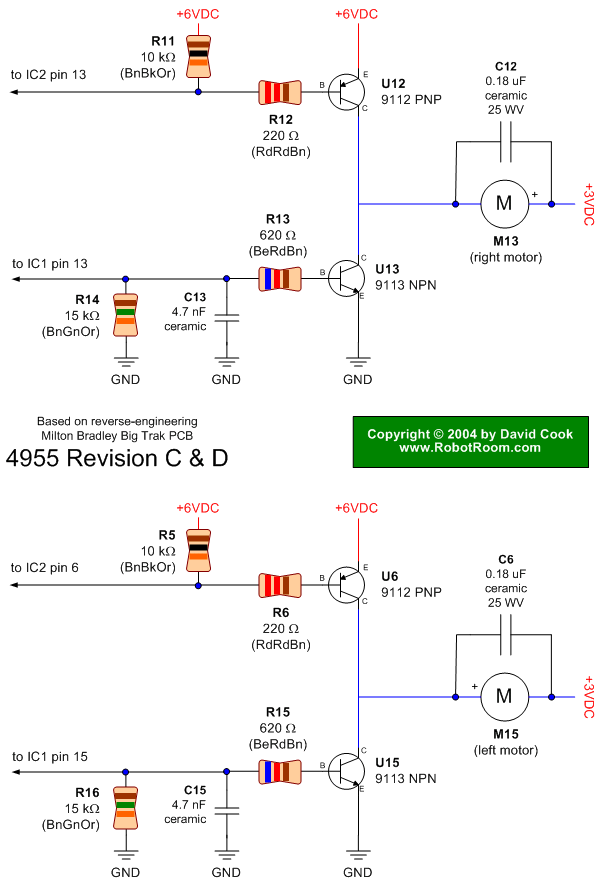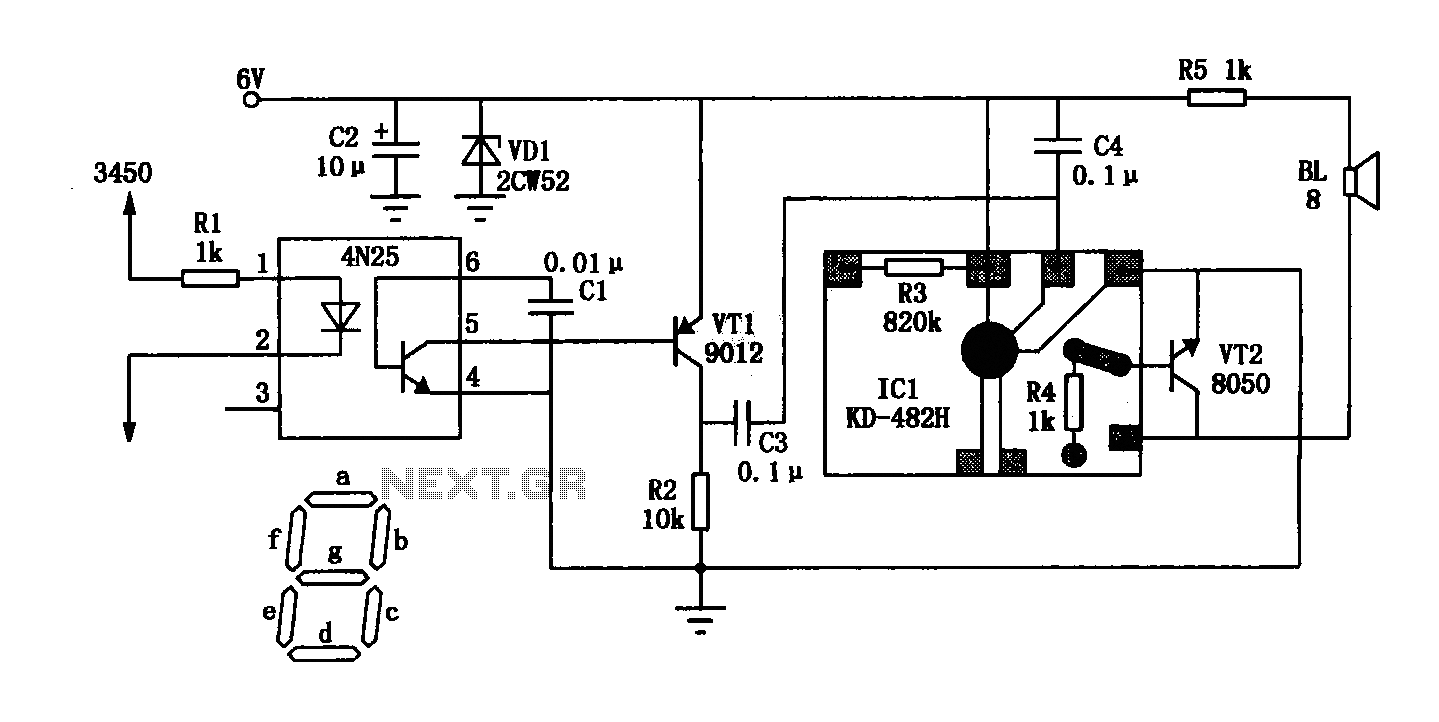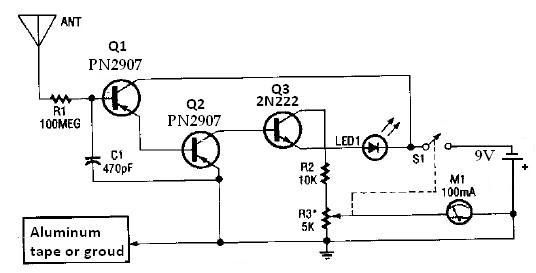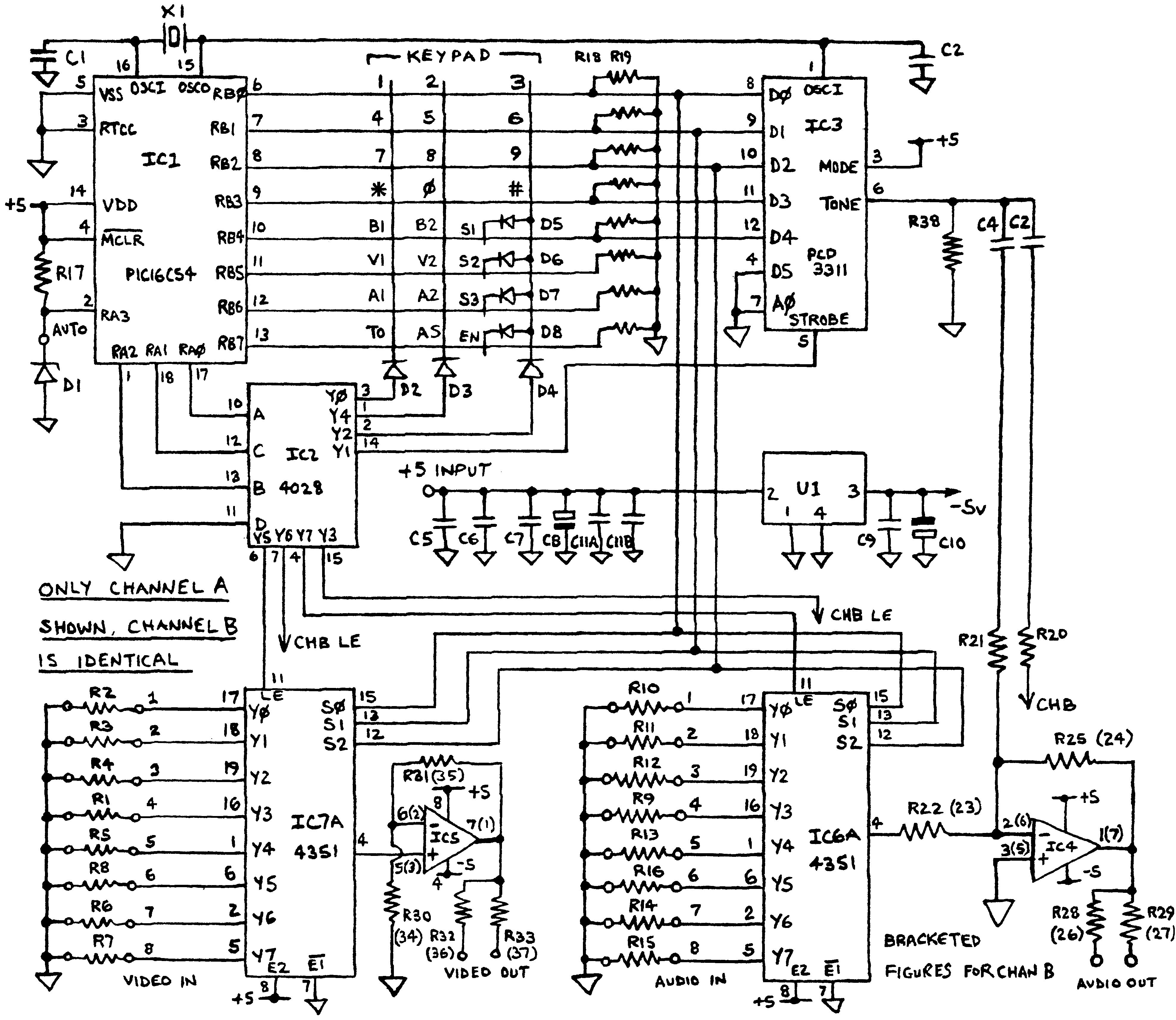
Siren Driver circuit
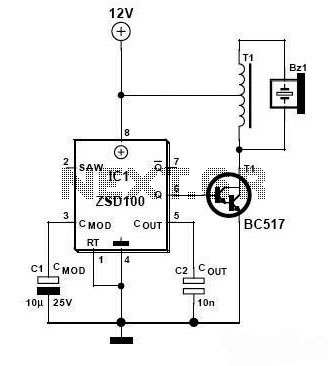
Zetex Semiconductors offers a siren driver integrated circuit (IC) known as the ZSD100, which is designed for use in alarm systems for vehicles and model crafts. By incorporating just a few additional components, as illustrated in the accompanying diagram, this device generates a loud sound reaching up to 120 dB. The IC features an audio frequency rectangular-wave generator that is activated by a sawtooth generator. This sawtooth generator sweeps the output frequency range (with a sweep ratio of 2:1) once every second. The oscillation frequencies of both generators rely on an internal 61.5 kΩ resistor along with an external resistor (RT ≤ 1 MΩ) and capacitors CMOD and COUT. The output driver provides both inverting and non-inverting outputs. The simplest application of the ZSD100 is depicted in a diagram where the sound is produced using a piezo buzzer. In cases where a dynamic 6Ω loudspeaker is employed, it should be connected in an H-bridge configuration to ensure symmetrical driving. In this scenario, the value of resistor RT must be kept small, or the corresponding pin should be connected to ground.
The ZSD100 siren driver IC is engineered to deliver high sound output levels, making it ideal for alarm applications. The internal architecture includes a sawtooth waveform generator that modulates the frequency of oscillation, producing a dynamic sound that can deter intruders effectively. The frequency sweeping feature not only enhances the audio alert but also makes it more attention-grabbing, as the sound varies over time.
The configuration of the output stage is crucial for achieving the desired sound output. The inverting and non-inverting outputs allow for flexibility in connecting different types of sound-producing devices. For instance, when using a piezo buzzer, the circuit design remains straightforward, requiring minimal external components. However, when opting for a dynamic loudspeaker, the H-bridge configuration becomes necessary. This setup ensures that the loudspeaker operates efficiently by allowing current to flow in both directions, thus maximizing the sound output.
The choice of external components, particularly the resistors and capacitors, plays a significant role in determining the performance of the ZSD100. The internal 61.5 kΩ resistor sets a baseline for the oscillation frequency, while the external resistor RT, which should not exceed 1 MΩ, allows for fine-tuning of the output characteristics. The capacitors CMOD and COUT are essential for stabilizing the frequency output and ensuring smooth operation of the circuit.
Overall, the ZSD100 siren driver IC presents a versatile solution for alarm systems, combining simplicity in design with the capability of producing powerful audio alerts. Its adaptability to various sound-producing devices makes it a valuable component in the field of electronic alarm systems.Zetex Semiconductors have a siren driver IC Type ZSD100 available that is suitable for use in alarm systems for cars and model craft. With the addition of only a few components as shown in the diagram, the device produces an ear-splitting s Zetex Semiconductors have a siren driver IC Type ZSD100 available that is suitable for use in alarm
systems for cars and model craft. With the addition of only a few components as shown in the diagram, the device produces an ear-splitting sound of 120 dB. The IC contains an a. f. rectangular-wave generator that is driven by a sawtooth generator. The sawtooth sweeps the output frequency range (sweep 2:1) once every second. The frequencies of both oscillators are dependent on an internal 61. 5 k © resistor and an external resistor, RT=<1M ©, and capacitors CMOD and COUT. The output driver has an inverting and a non-inverting output. The simplest application of the ZSD100 is shown in Figure 2 in which the sound is produced by a piezo buzzer.
If a dynamic 6 © loudspeaker is used, it is connected in an H-bridge, that is, driven symmetrically. The value of resistor RT must then be small, or the relevant pin must be strapped to earth. 🔗 External reference
The ZSD100 siren driver IC is engineered to deliver high sound output levels, making it ideal for alarm applications. The internal architecture includes a sawtooth waveform generator that modulates the frequency of oscillation, producing a dynamic sound that can deter intruders effectively. The frequency sweeping feature not only enhances the audio alert but also makes it more attention-grabbing, as the sound varies over time.
The configuration of the output stage is crucial for achieving the desired sound output. The inverting and non-inverting outputs allow for flexibility in connecting different types of sound-producing devices. For instance, when using a piezo buzzer, the circuit design remains straightforward, requiring minimal external components. However, when opting for a dynamic loudspeaker, the H-bridge configuration becomes necessary. This setup ensures that the loudspeaker operates efficiently by allowing current to flow in both directions, thus maximizing the sound output.
The choice of external components, particularly the resistors and capacitors, plays a significant role in determining the performance of the ZSD100. The internal 61.5 kΩ resistor sets a baseline for the oscillation frequency, while the external resistor RT, which should not exceed 1 MΩ, allows for fine-tuning of the output characteristics. The capacitors CMOD and COUT are essential for stabilizing the frequency output and ensuring smooth operation of the circuit.
Overall, the ZSD100 siren driver IC presents a versatile solution for alarm systems, combining simplicity in design with the capability of producing powerful audio alerts. Its adaptability to various sound-producing devices makes it a valuable component in the field of electronic alarm systems.Zetex Semiconductors have a siren driver IC Type ZSD100 available that is suitable for use in alarm systems for cars and model craft. With the addition of only a few components as shown in the diagram, the device produces an ear-splitting s Zetex Semiconductors have a siren driver IC Type ZSD100 available that is suitable for use in alarm
systems for cars and model craft. With the addition of only a few components as shown in the diagram, the device produces an ear-splitting sound of 120 dB. The IC contains an a. f. rectangular-wave generator that is driven by a sawtooth generator. The sawtooth sweeps the output frequency range (sweep 2:1) once every second. The frequencies of both oscillators are dependent on an internal 61. 5 k © resistor and an external resistor, RT=<1M ©, and capacitors CMOD and COUT. The output driver has an inverting and a non-inverting output. The simplest application of the ZSD100 is shown in Figure 2 in which the sound is produced by a piezo buzzer.
If a dynamic 6 © loudspeaker is used, it is connected in an H-bridge, that is, driven symmetrically. The value of resistor RT must then be small, or the relevant pin must be strapped to earth. 🔗 External reference
